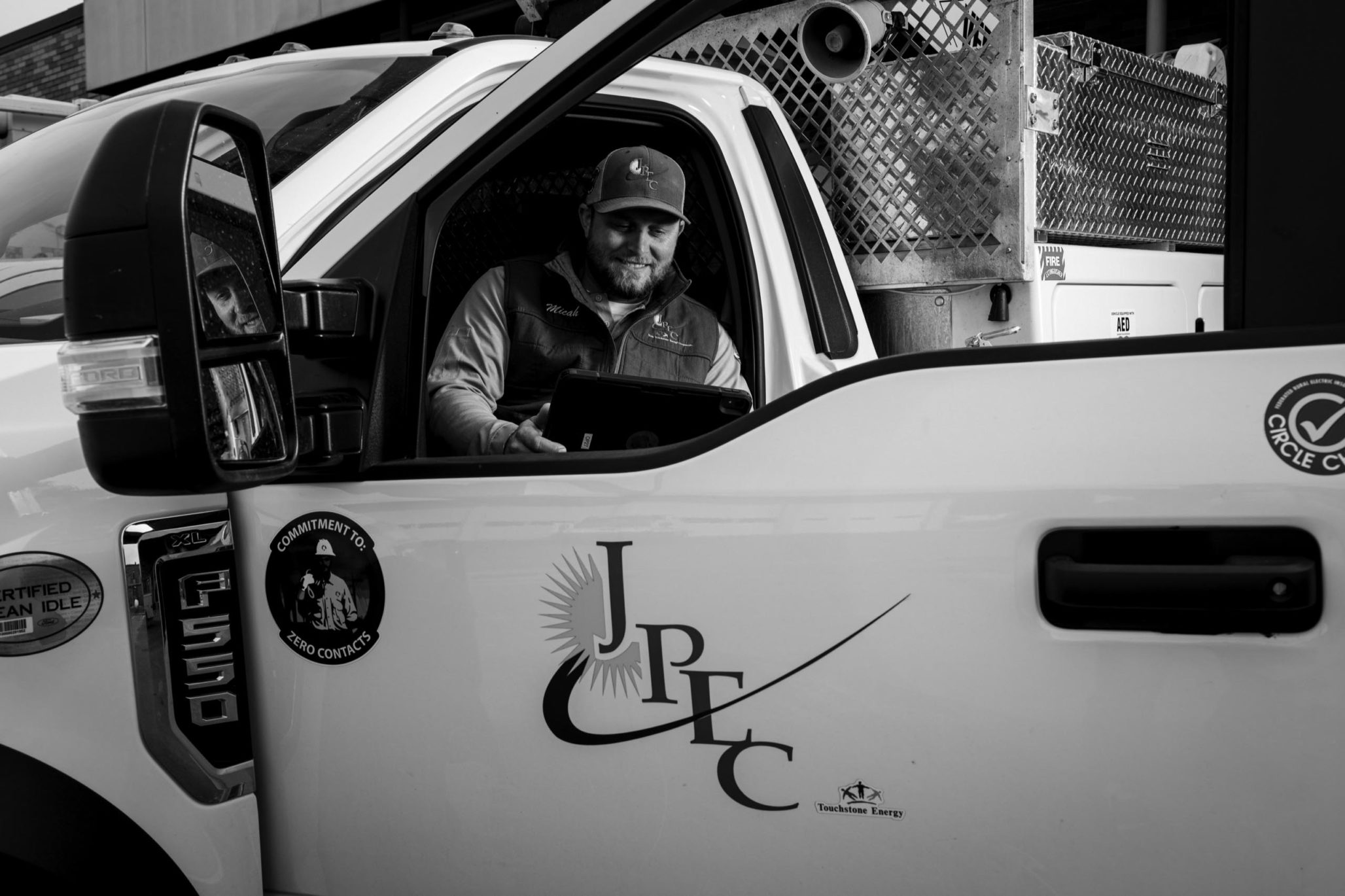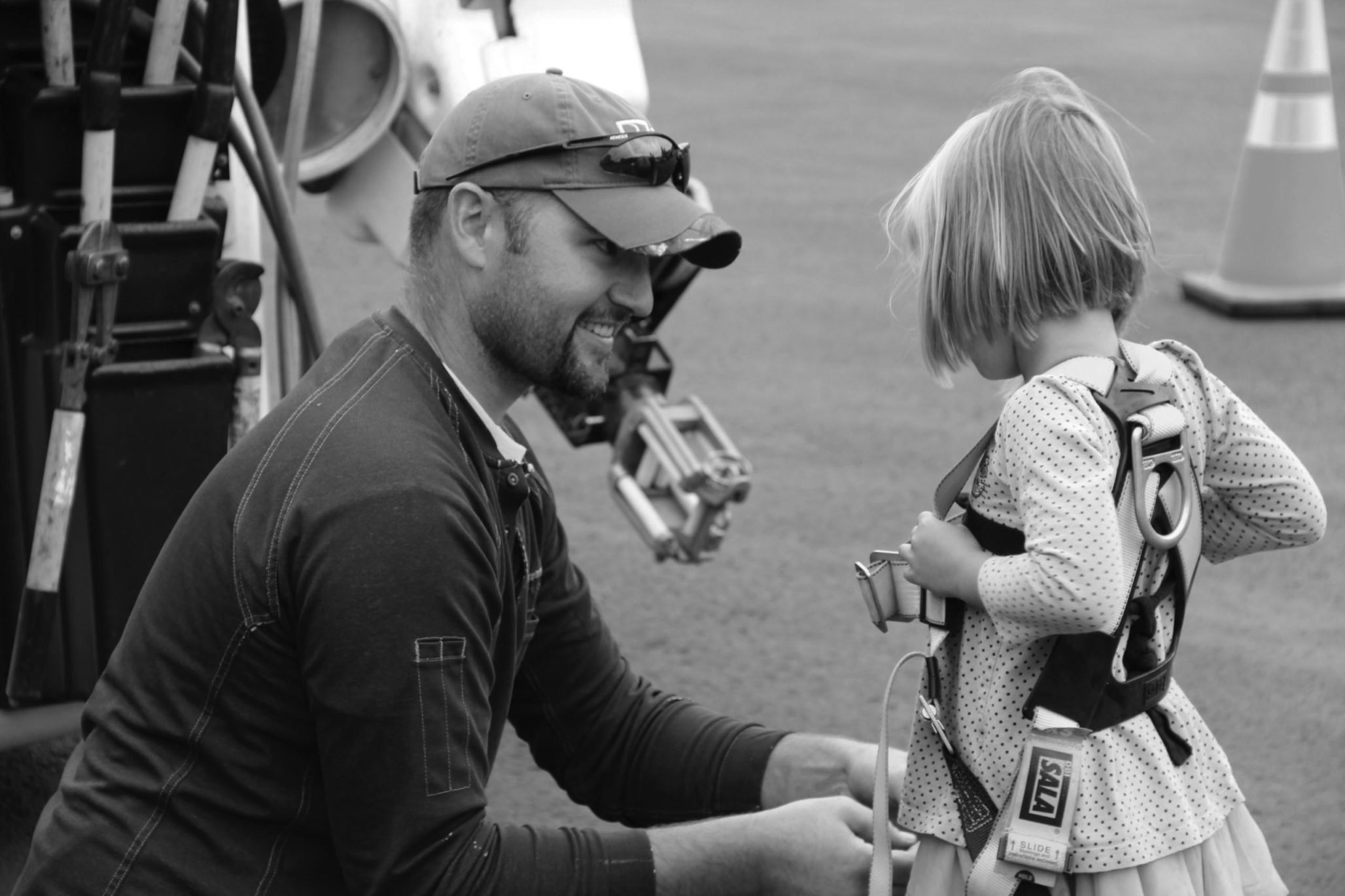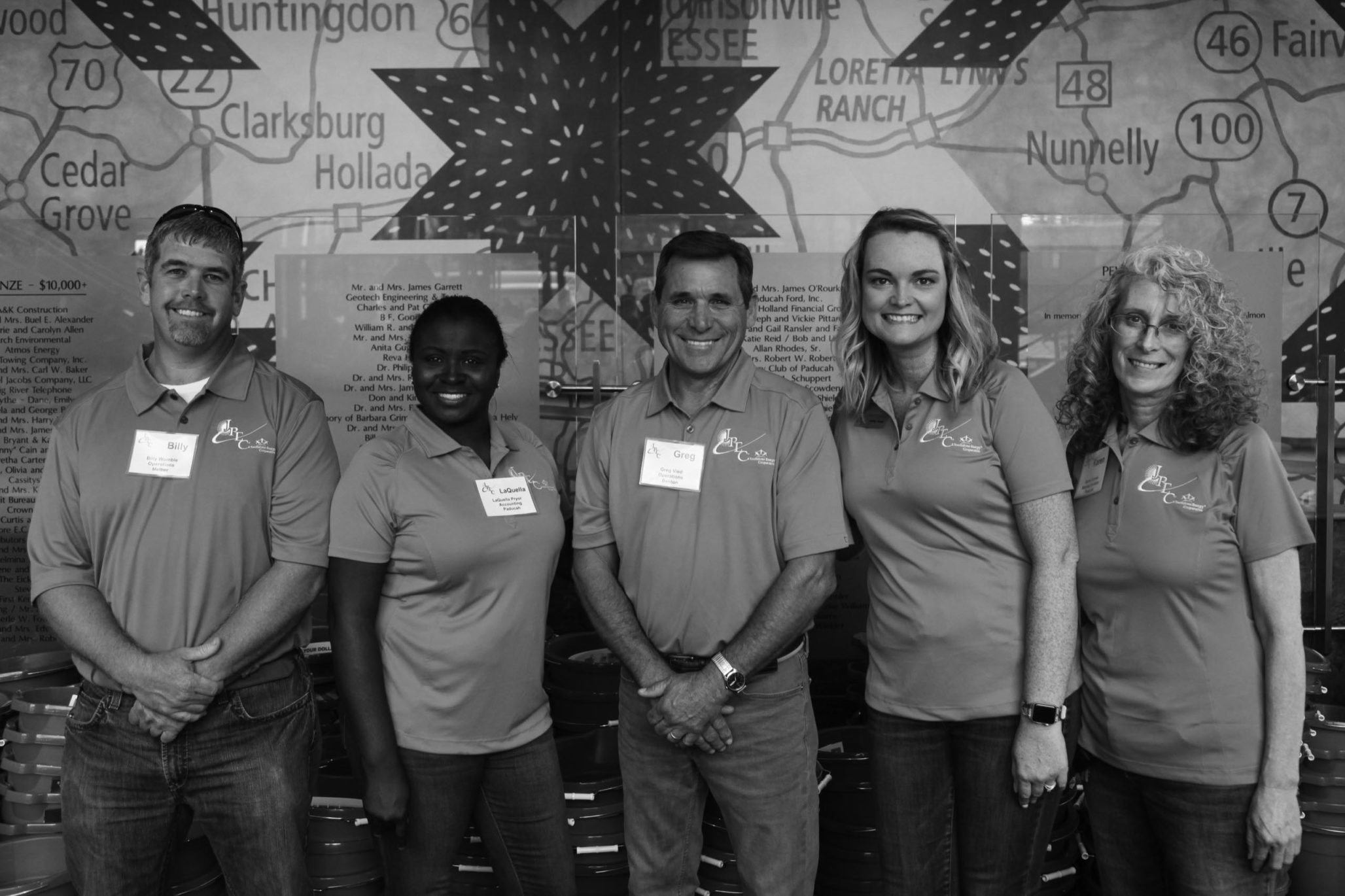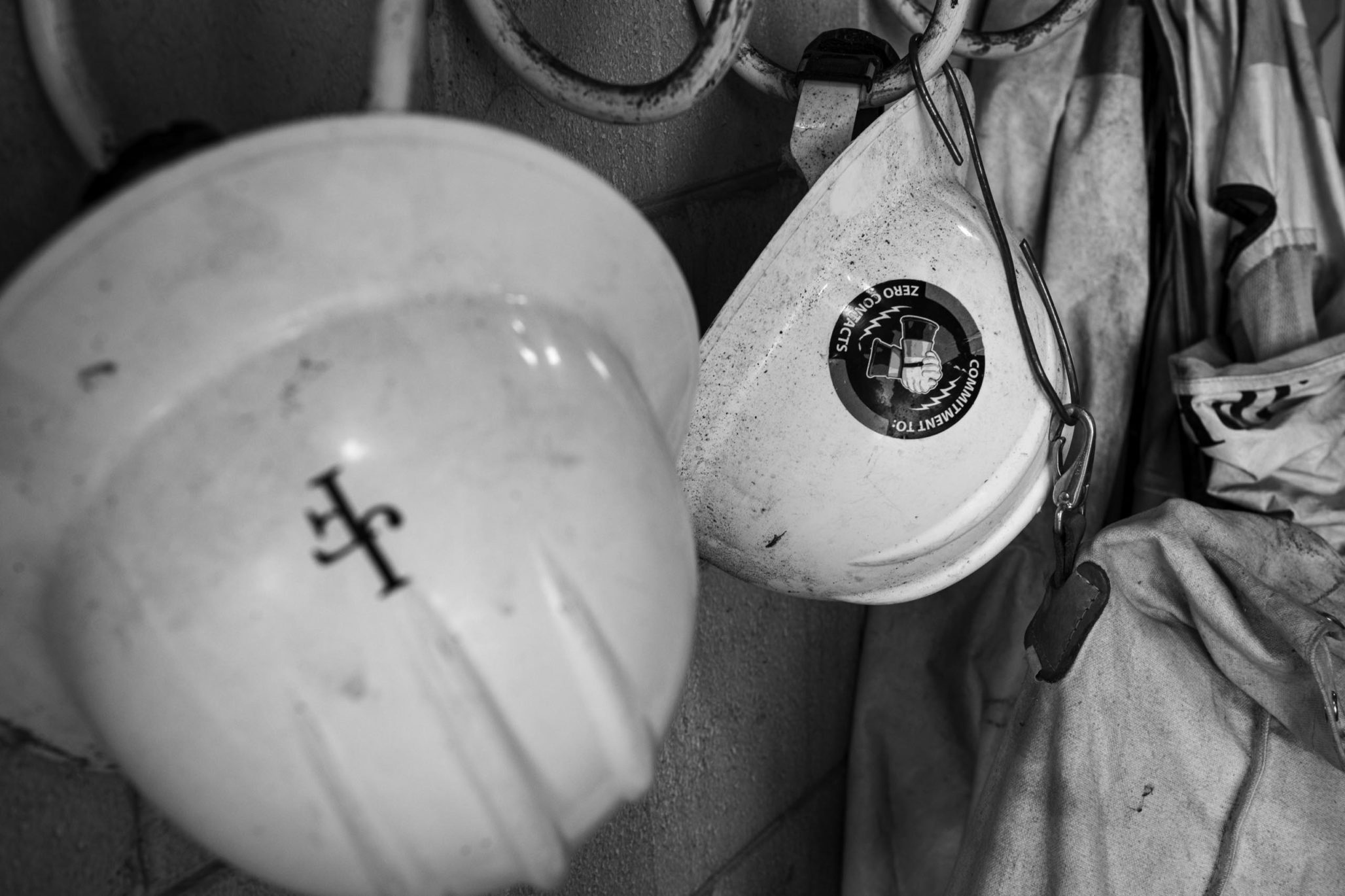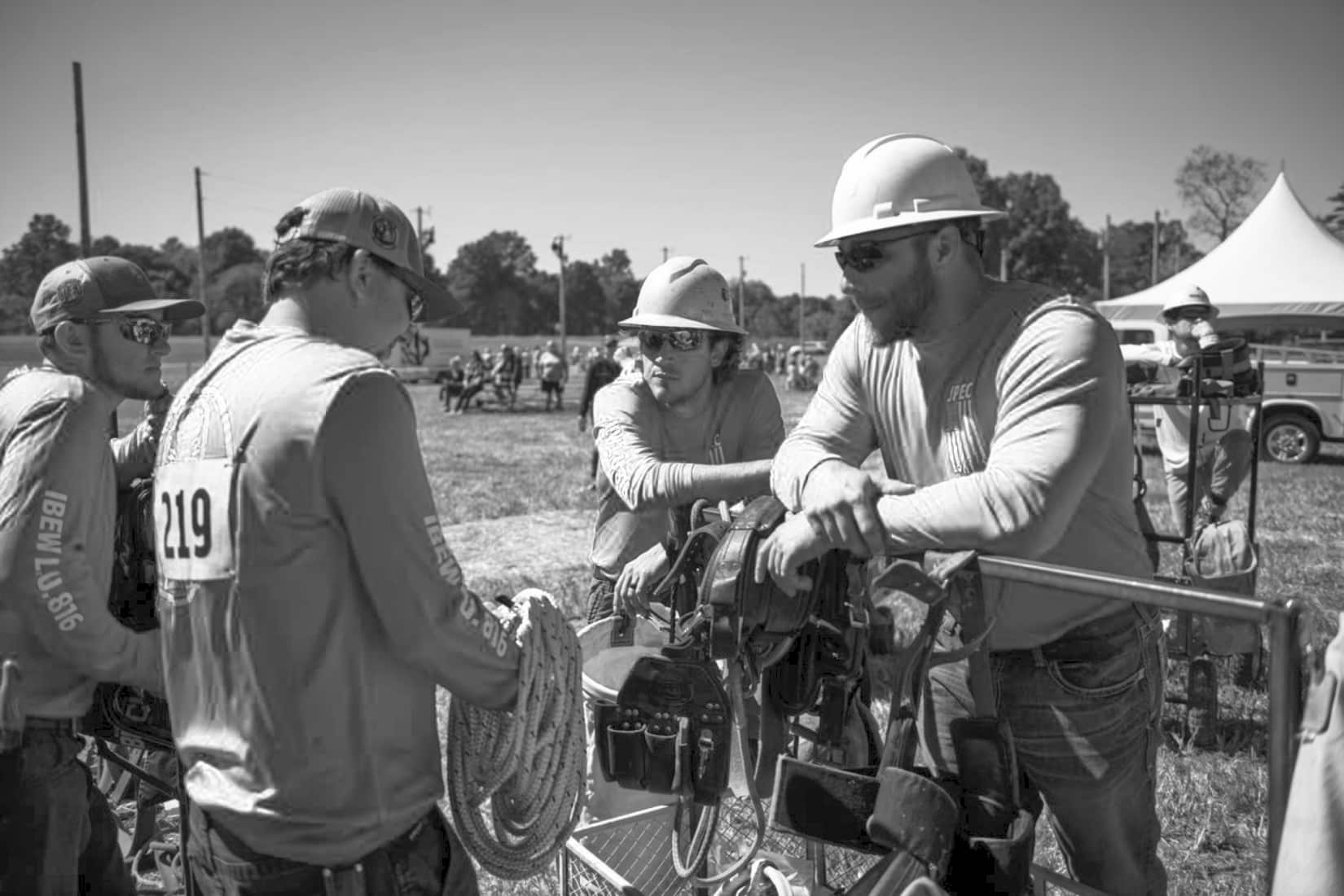Jackson Purchase Energy urges parents and caregivers to teach children never climb trees near power lines. Accidental contact of electric wires with a tree limb while climbing or playing around the tree can be fatal.
Do not plant near underground utility services. Tree roots can grow to interfere with underground pipes, cables, and wires. Future repairs to these facilities also could damage the health and beauty of nearby plants and trees.
Trees and wood conduct electricity, causing outages or momentary interruptions when branches touch overhead lines. Electrical arcing and sparking from a wire to a nearby branch also can cause fires.
Keep areas around electric meters, transformers, or other electrical equipment free of any vegetation that could limit utility service access.
Before digging, call 811 to mark location of underground utilities, so accidental contact, damage, and injuries can be avoided.
Contact JPEC and someone will come out and help you select the proper place to plant new trees.
To avoid future electrical hazards, follow these safe planting tips. Consider the mature height of trees. Never plant a tree that could grow to 25 feet or more near a power line. Tall growing trees should be planted at least 20 feet away from power lines and 50 feet away to avoid future pruning. A mature height of less than 15 feet is recommended for trees planted near power lines.
Does JPEC have the right to cut trees?
Yes, JPEC has the right and obligation to its members to maintain any and all vegetation within its right of way.
Why does JPEC have to cut trees along its primary right-of-way 15’-20’ feet on both sides?
When trees grow into or near power lines, they can cause power interruptions and safety concerns to you and your neighbors. Trees growing into the line affect more than just you. Everyone in the neighborhood, on your road, or on the circuit can be affected by trees that are causing lights to blink or go out. This could mean affecting hundreds of your fellow friends and neighbors.
What are standard right-of-way widths?
30’ total for single phase lines, 40’ total for 2 & 3 phase lines
Who decides whether JPEC can cut down a tree near my power line?
The choice of how to trim trees and manage vegetation growth near a power line is made by the electric utility.
The power lines near my house don’t seem to be anywhere near the trees, so why is JPEC trimming my trees?
Electric utilities are required to maintain the appropriate clearance between trees and distribution lines at all times, electric utilities usually prune or remove vegetation to a distance greater than the minimum clearances to account for future growth, movement of trees or power lines due to wind, conductor sag due to heat and line loading, and other factors. Being proactive reduces the frequency and length of tree-related outages and increases the safety of our members, their property and our line technician crews working in the field.
Does JPEC grind stumps of the trees that are removed along its right-of-way?
No, JPEC’s contractor will clean-up all tree limbs and logs unless the member requests the firewood, which the contractor will cut up and leave stacked onsite.
